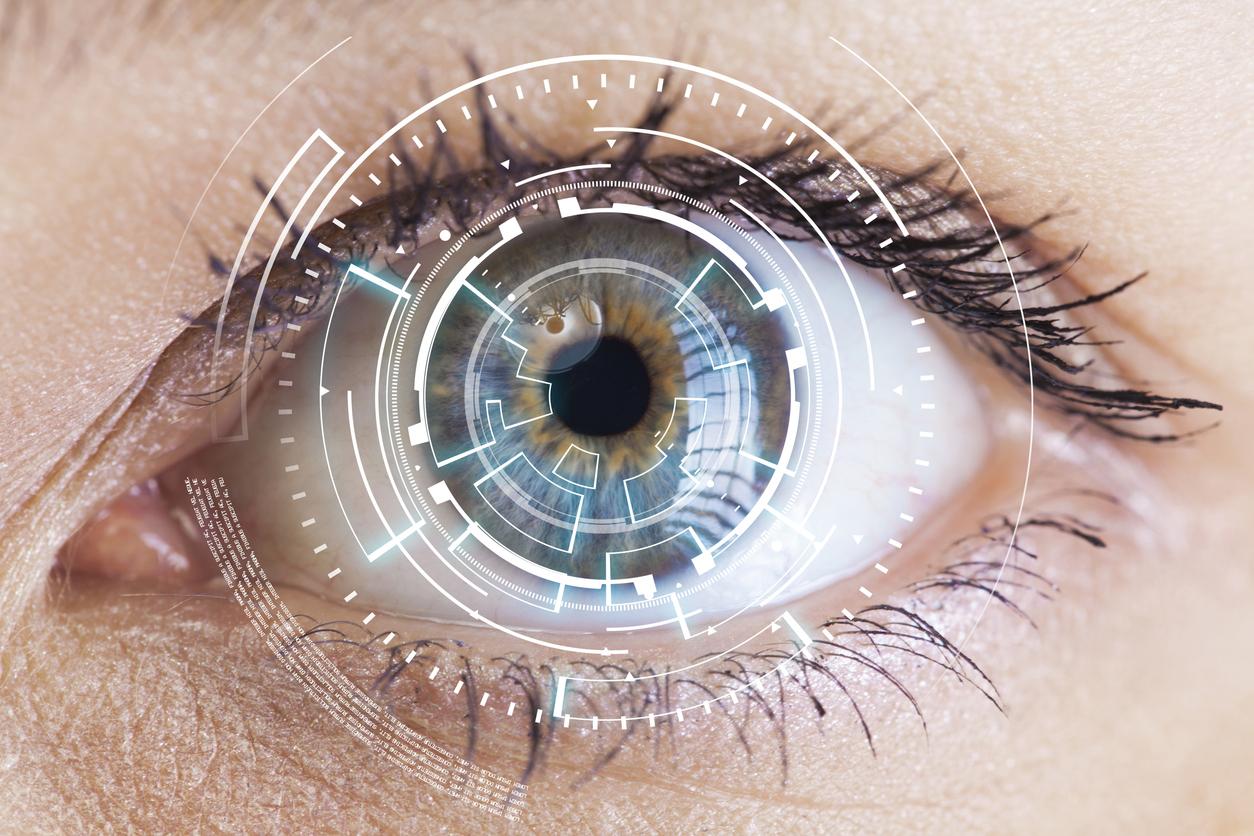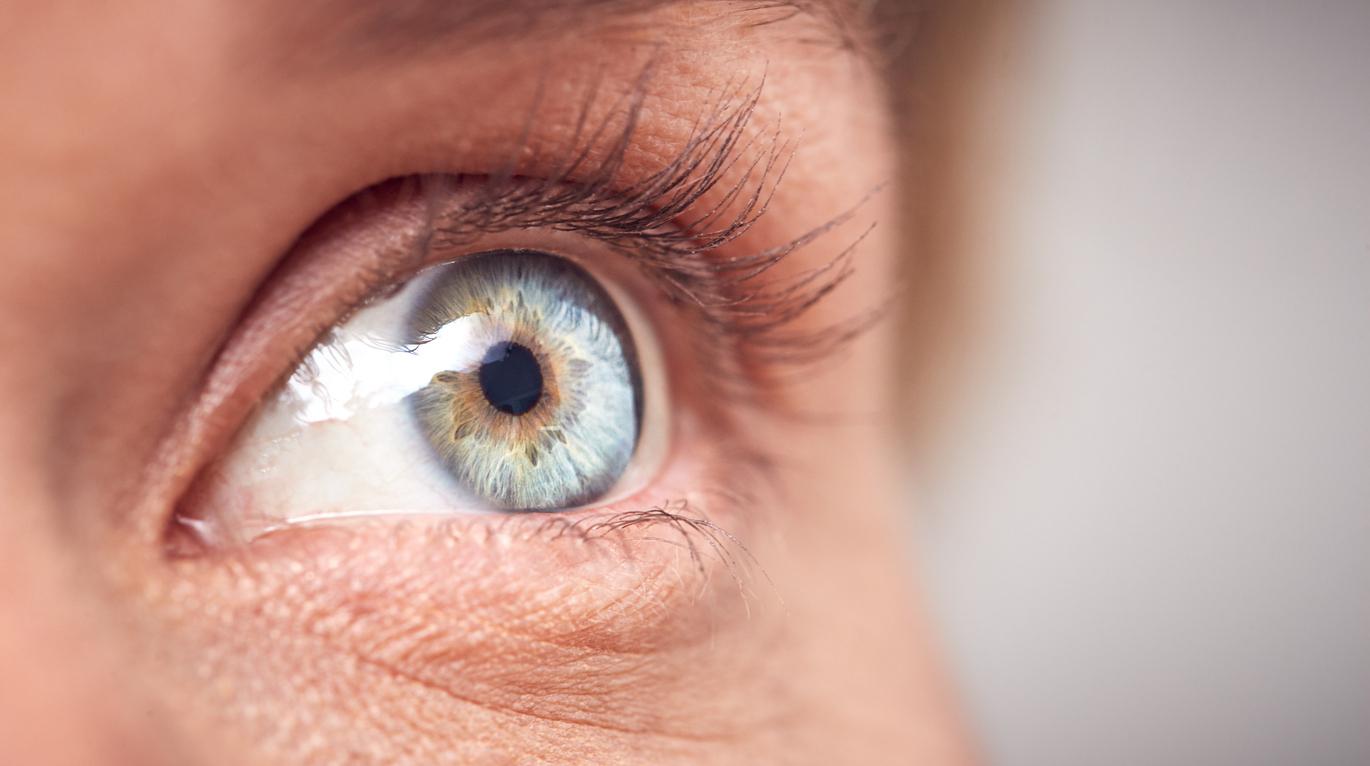Color blind people, who would be more than two million in France, have a genetic anomaly which prevents them from distinguishing certain colors, such as green, red, blue or yellow. If companies offer glasses with special filters to correct this genetic anomaly, this is more of a sales argument than a real correction of this vision disorder.
-1604919968.jpg)
- Daltonism affects more than two million people in France and consists of a genetic anomaly of the retina.
- The absence of cones in the retina, which are supposed to distinguish colors, prevents color blind people from having normal vision. They often confuse colors.
- After a test of 100,000 glasses filters, nothing says that they allow color blind people to see all colors normally, even if it brings an improvement to their condition.
Color blindness is for life, and no improvement is possible. This is the conclusion of a study conducted by researchers from the optics department of the University of Granada (Spain). They analyzed different devices that were supposed to improve color vision in people with color blindness and came to the conclusion that nothing could give it “normal” vision. The results of their study were published in the scientific journal Sensors.
A genetic abnormality of the retina
Color blindness is a genetic anomaly of vision that alters the perception of colors. This is due to cones, normally installed in our retina and responsible for receiving colors, which would be absent in them. In people who suffer from it, color detection is disturbed, which often leads to confusion between two colors. Most people who are color blind confuse red and green, or blue and yellow. Finally, a tiny number of color blind people suffer from achromatopsia, that is to say that they do not see any color and the world around them is composed only of shades of gray.
If “glasses” for color blind people exist, researchers believe that they are useless to improve the vision of color blind people. To find out for sure, the scientists modeled nearly 100,000 different color filters by calculation, to see which ones would increase the number of colors perceived by color blind people. Among the filters used, the researchers included those sold by the two most prominent brands in the world of color blindness, Vino and EnChroma.
A disabling illness on a daily basis
What their results demonstrate is that although some filters increase the number of discernible colors, the improvement is negligible and does not allow color blind people to see as many colors as normal subjects. For them, the glasses sold are more a marketing argument promising a visual revolution for color blind people than a process that actually works.
There is no treatment to cure color blindness. Color blindness is disabling for people who suffer from it, because it closes the door to a multitude of jobs. It is impossible for a color-blind person to become a pilot, bus or metro driver, policeman, customs officer, firefighter, electrician or pharmacist, for example. In France, more than two million people are affected by color blindness.
.
















